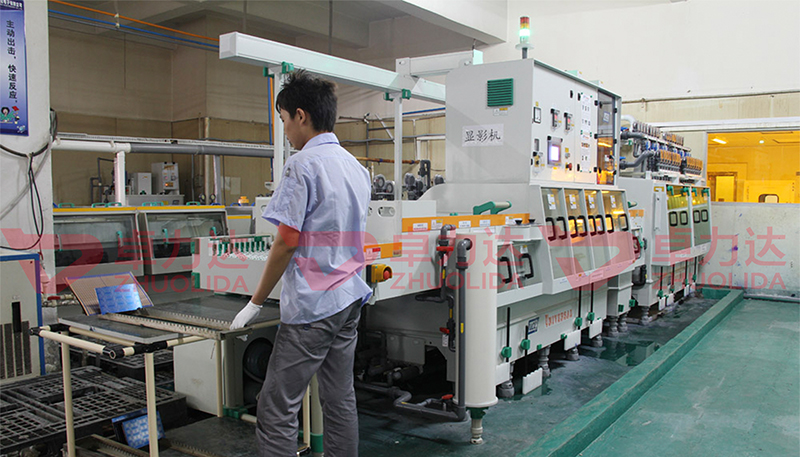
Etching Stainless Steel with Armour Etch: Feasibility and Alternatives
Etching is a popular technique for adding designs and decorative details to a variety of surfaces, including metals like stainless steel. However, Armour Etch, a product commonly used for etching glass, is not typically recommended for stainless steel. Understanding why Armour Etch may not be ideal for stainless steel and what alternatives may be more suitable can help you achieve the best results if you’re looking to personalize, mark, or decorate stainless steel.
Armour Etch is a commercial product primarily used to etch designs on glass surfaces. It contains active ingredients like sodium bifluoride, which react with glass to create a frosted or matte effect. This type of etching is popular in craft projects, especially for items like glassware, mirrors, and windows, allowing for creative customization and decorative finishes.
Chemical Composition and Surface Reaction: Armour Etch is specifically designed to interact with silica-based materials like glass. Stainless steel, however, is an alloy composed of iron, chromium, and nickel. The chemicals in Armour Etch do not react as effectively with these metals to produce a clean or visible etching effect. Stainless steel lacks the same type of chemical susceptibility as glass, meaning Armour Etch would have a minimal impact.
Lack of Abrasion: The etching process for glass typically requires only a slight abrasion, which Armour Etch provides. For metals like stainless steel, however, a stronger acidic or abrasive solution is generally needed to penetrate the surface layer and create a visible design. Since Armour Etch is a weaker, silica-specific acid, it won’t adequately abrade or mark stainless steel in most cases.
Safety Concerns: Even if one attempted to use Armour Etch on stainless steel, the product would likely cause the metal to become coated in residue without producing a visible etch. This residue may release harmful vapors or become difficult to clean, especially if improperly used on a metal surface. Armour Etch’s ingredients may not be optimized for safety when used on non-glass materials, posing health risks due to fumes and handling concerns.
For effective and safe stainless steel etching, other techniques and products specifically designed for metals should be used. Here are some common methods and alternatives:
Ferric Chloride Solution: Ferric chloride is a widely used etchant for metals, including stainless steel. It reacts with the iron in the alloy, creating a visible, deep etch. Ferric chloride is relatively accessible, affordable, and effective for many home etching projects. It is, however, a strong chemical that requires careful handling, ventilation, and personal protective equipment.
Electrolytic Etching: Electrolytic etching is another method well-suited for stainless steel. In this process, a mild electrolyte solution (often saltwater) is used along with a power source to facilitate an electrochemical reaction that selectively etches the design into the stainless steel. This process is safer, produces minimal fumes, and gives fine control over the etching depth and detail. Additionally, it allows for easy DIY applications with accessible tools.
Laser Etching: Laser etching is a modern, precise way to etch stainless steel. It involves the use of a high-powered laser to mark the metal surface. This method allows for incredible detail, as it can etch fine lines and even images onto stainless steel with minimal setup. Laser etching requires specialized equipment and might be more expensive than chemical or electrolytic methods but is safe and efficient for both large and small projects.
Acid-Based Etchants: Besides ferric chloride, other acid-based etchants, such as hydrochloric or sulfuric acid, can also be used to etch stainless steel. These acids require considerable caution and should be handled with proper protective gear. When using strong acids, it is essential to follow all safety guidelines, as they can be hazardous and produce harmful fumes. Due to their strength, these etchants should ideally be used in a professional setting or with adequate ventilation.
If you’re planning to etch stainless steel, there are several tips to keep in mind:
Surface Preparation: Clean the stainless steel thoroughly to remove any oils, dirt, or residues that may interfere with the etching process. Alcohol or acetone works well as a degreaser.
Masking the Design: To create specific designs, use a vinyl stencil or masking tape to cover areas you don’t want etched. This will protect unwanted areas from exposure and ensure a clean, professional-looking finish.
Safety Measures: Always work in a well-ventilated area, wear gloves, goggles, and other protective gear, and follow the manufacturer’s instructions when using etchants. Use a fume hood or work outdoors if possible, especially when working with strong acids.
Testing: Before etching your primary piece, test your method on a scrap piece of stainless steel to determine how the chemicals or electrolytic process will react with the metal. This step helps refine technique, timing, and safety practices.
While Armour Etch is a popular and easy-to-use product for glass etching, it is not suitable for stainless steel due to differences in chemical composition and reaction requirements. For safe and effective results, alternative methods like ferric chloride, electrolytic etching, or laser etching should be considered. Each method has its own benefits and safety considerations, so choose the one that best fits your project needs and experience level. Whether creating simple patterns or intricate designs, using the right tools and materials will ensure a successful stainless steel etching project.
Contact: andy_Lai
Phone: 18938693450
E-mail: yw9@zldsmt.com
Add: Building A3, Huafa Industrial Park, Fuyong Town, Fuyuan Road, Fuyong Town, Baoan District, Shenzhen,China